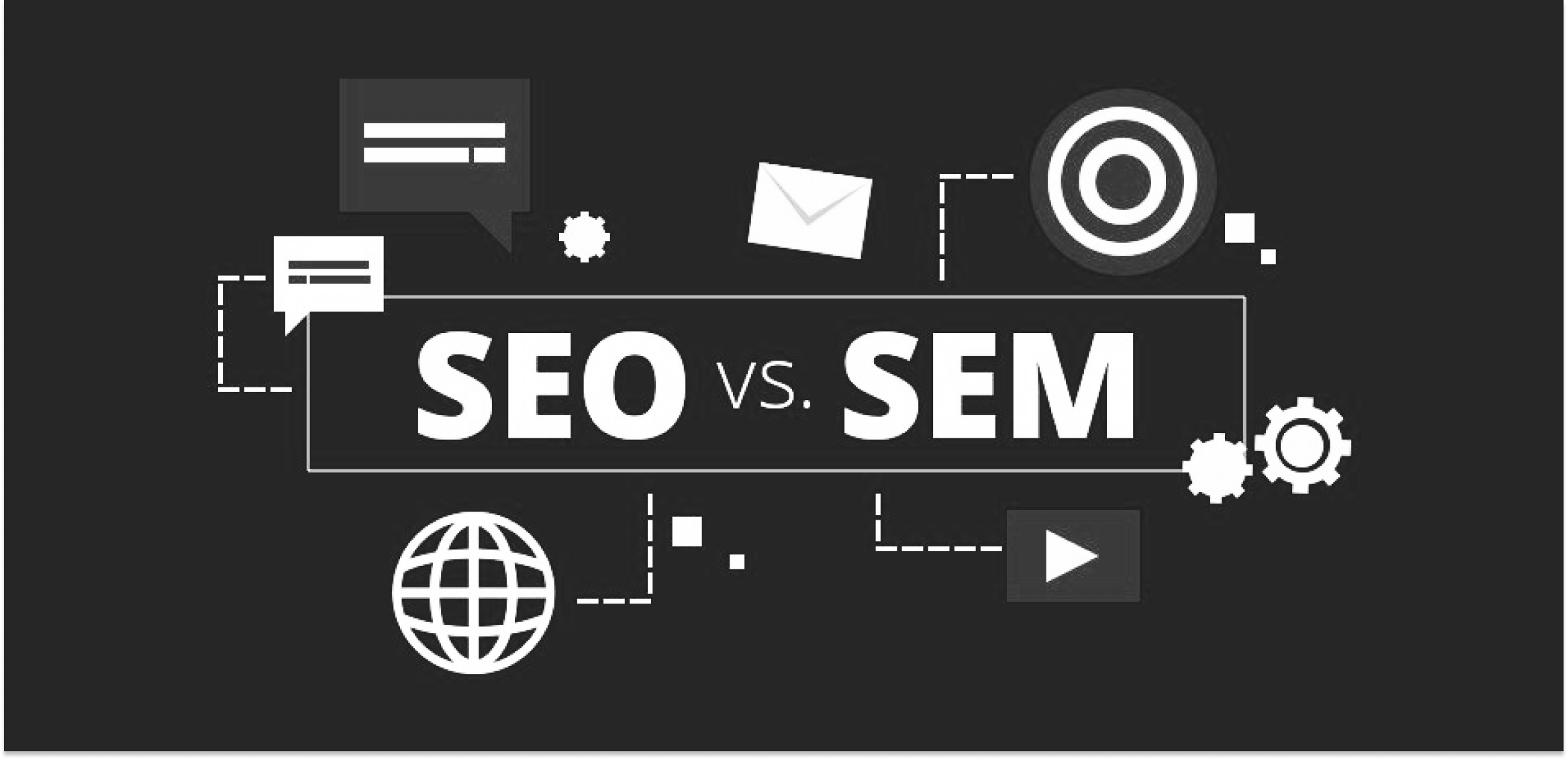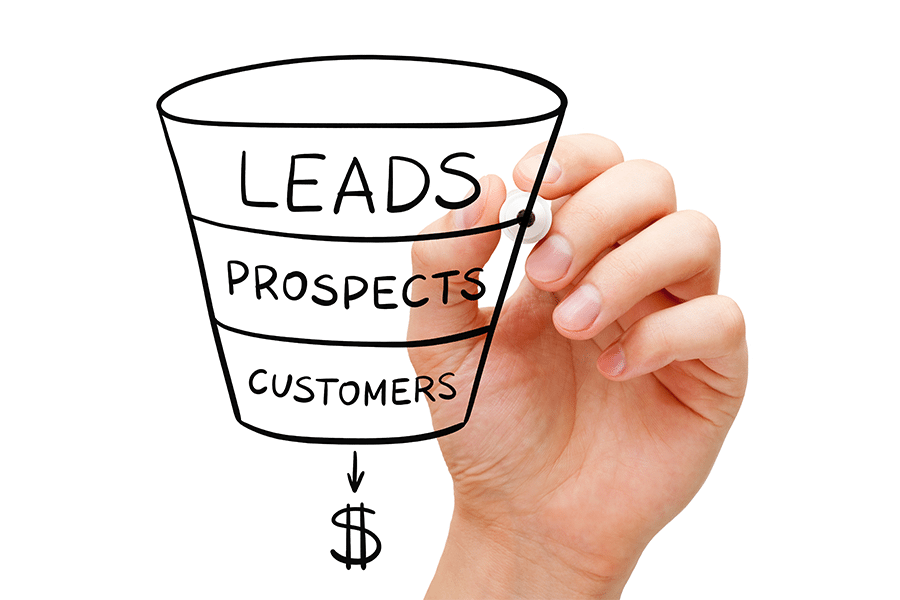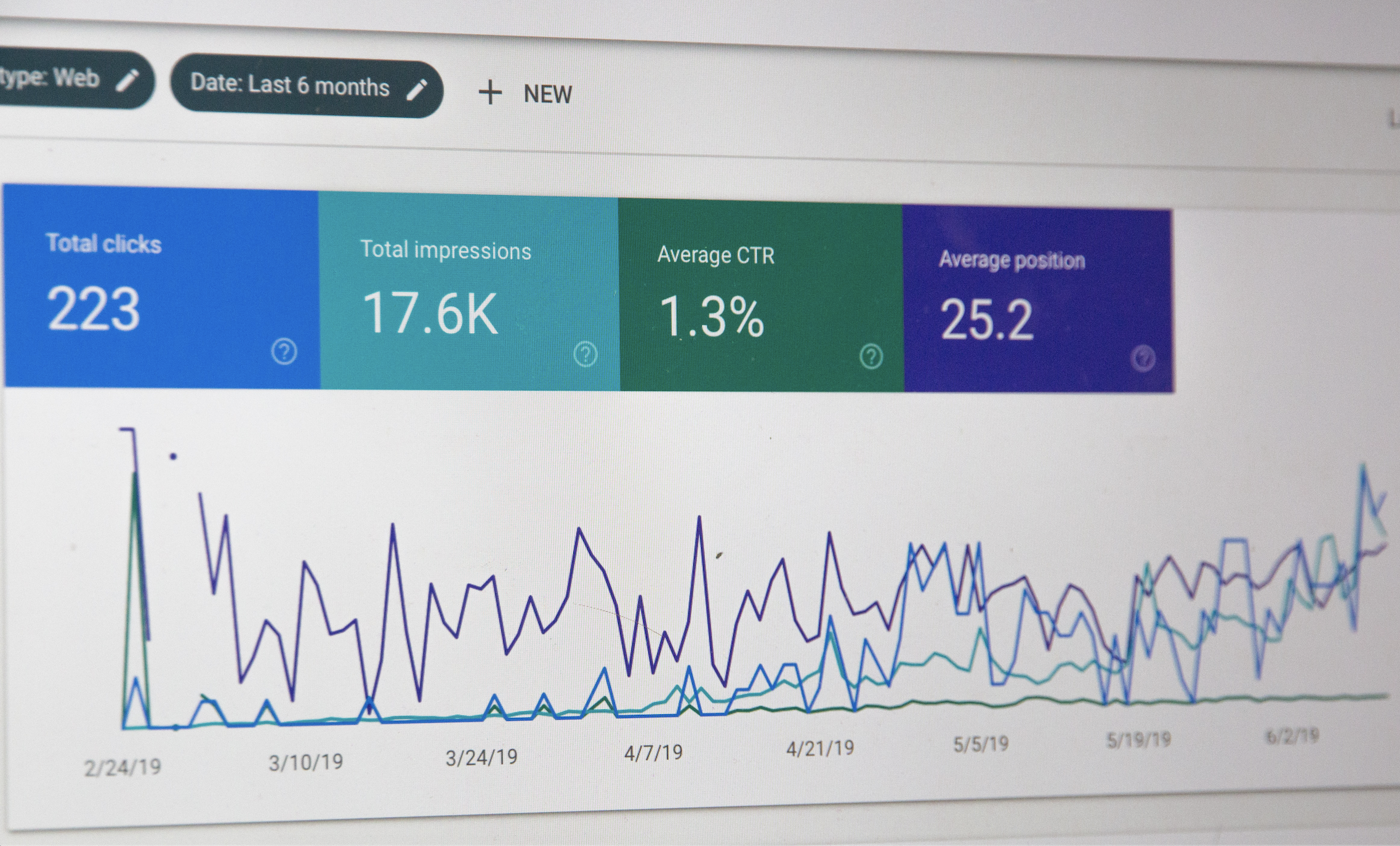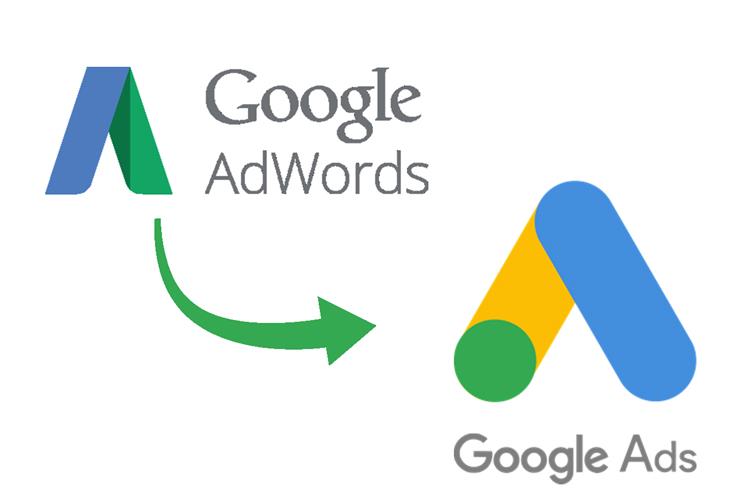How to Create An Ideal Customer profile (ICP) in 2023 + FREE Template

The speed of B2C purchases has increased drastically over the past few years, and it’s also expected to be mirrored in B2B sales cycles. If your prospects increase their decision-making speed, you, as a sales or marketing person, must be aware of their pain points and how your product or solution solves their problem. Failure to offer value to your prospects upfront will lead to lost sales.
This is where the Ideal Customer Profile comes into play.
Coming up:
What Is an Ideal Customer Profile (ICP)?
What Is the Importance of an ICP?
How to Create an Ideal Customer Profile (ICP)
13 Ideal Customer Profile Questions to Help You Get Started
Martech Tools That Can Help You Define Your Ideal Customer Profile in B2B
What Should I Do Next After Creating an ICP?
What Is an Ideal Customer Profile (ICP)?

Simply put, an Ideal Customer Profile (ICP) describes the kind of business or consumer that would benefit most from using your product or service. The people and companies that fall in this category are the ones that would most likely buy your product and keep on using it for an extended period. These customers are essential to the growth of your business since they have successful sales cycles and high retention rates.
ICPs are defined using data points like revenue, company size, location, and industry. These data points are not final; you can use other parameters to identify the best customer for your business. While ICPs are mostly used in B2B and institutional sales, they can still be extremely helpful for retail and e-commerce professionals. Let’s see why below.
What Is the Importance of an ICP?

Is it worth it to spend time and resources to craft an ICP? The short answer is yes. You see, all customers are not equal. The right customers add value to your business and are satisfied with your products or services. However, less-than-ideal customers end up costing you more in the long run due to a lack of product fit, which leads to dissatisfaction and a high churn rate. In order to find the ideal customer, it’s imperative to have an ICP.
An Ideal Customer Profile is critical to increasing your business revenue. While you can sell to various companies and appeal to different target markets, it is vital to identify your best fit. Selling to every available company is not a good strategy in the long run and may result in high churn rates of dissatisfied customers.
Identifying your ideal customer profile can help you increase the average deal size because you have more value to offer your ICP. It can also help you improve your win rate since you deeply understand what your ideal customer is looking for in a solution. This can lead to higher lifetime customer value since your customers are happy working with you and are getting extraordinary value from your service or product.
Ideal customer profiles are also beneficial in aligning your marketing and sales team efforts. ICPs help both teams solidify your product or service’s value proposition and messaging, which leads to more success. When the marketing and sales team are aligned on the target customer and how to talk to them, it’s a win across the board. According to this Hubspot study, 87% of sales and marketing managers agree that alignment leads to business growth.
Additionally, an ICP can help product/service teams to improve the product or service based on the specific needs of your ideal customer. This can help you develop superior solutions with clear competitive advantages for your ideal customers.
Now let’s take a look at how you can create an ideal customer profile for your business.
How to Create an Ideal Customer Profile (ICP)

Creating an ICP is very simple, and the first step is identifying your target audience based on customer data.
1. Identify your target audience: As mentioned above, start by looking back at historical data. It is said that in order to move forward, you have to look back occasionally and evaluate your past. Look at the data from your past and existing customers and identify the firmographic data they have in common: revenue, industry, location, company size, IPO status, interests, and challenges.
Once you identify the similarities, single out the attributes that make them successful, the challenges they face, and the qualities that make your product or service a great solution. These attributes will help you identify the characteristics of your most lucrative future buyers.
In this step, you can conduct a customer survey to acquire data. You can also use web analytics tools and sales reports to understand your target audience.
2. Define your ideal customer persona: After analyzing customer data and behavior, it’s time to create a detailed customer profile. It should include demographics, job roles, pain points, and goals. Your ICP doesn’t have to be complicated. The ultimate goal is to be very specific about what your ideal customer looks like so you can find them quickly and efficiently.
To achieve this, you can use ICP templates or simple tools like a spreadsheet or table to organize your information.

3. Validate your ICP with sales and customer feedback: Once you have created your ICP, it’s time to run it by customer-facing teams to ensure that it is congruent with the reality on the ground. Since the customer-facing teams interact with clients daily, it is easy for them to validate any assumptions you have made in the ICP and to give feedback on what is missing.
It is important for your ICP to accurately reflect your ideal customer, as it will be used by the sales and marketing teams for targeting and lead generation. A wrong ICP can lead to less-than-ideal customers.
Download Now: Free Ideal Customer Profile Worksheet!
13 Ideal Customer Profile Questions to Help You Get Started
Sometimes it takes a lot of work to get started with your ICP. So we prepared a list of common questions you can use to begin analyzing your best customers and identifying the similar attributes that they share. We hope they help.

Components of an ICP Some of the components contained in an ICP include:
Some of the components contained in an ICP include:
– Company information: This section shows the company size, revenue, funding status, industry, location, etc.
– Job role and responsibilities: This section highlights the key decision-makers within the company that you’ll be talking to. It can have details like job titles and departments.
– Pain points and challenges: These are the most pressing issues your ideal customer faces that you can solve. These pain points help you build a case for your product or service when marketing.
– Goals and objectives: What does your ideal customer want to achieve? It is important to highlight their short-term and long-term objectives so that you can align your marketing message with their business goals.
– Buying factors and process: This section lists the steps involved in the purchase process and the factors that customers consider before making a purchase. Remember, B2B purchases are high value and require a lot of justification before commitment.
Martech Tools That Can Help You Define Your Ideal Customer Profile in B2B

1. Sales Intelligence
Thanks to AI, now there are tools you can leverage to make prospecting easier. Sales intelligence tools like Echobot can help you narrow down your target customers and offer you great leads based on artificial intelligence.
2. Customer Relationship Management System (CRM)
CRMs are a goldmine of information, especially when trying to identify the similarities between your best customers. A CRM can help you gather all the necessary data points without breaking a sweat.
3. Web Tracking
Web analytics provide a wealth of information and show data from inbound traffic. You can see how many visitors your site gets, what they search for on your site, how they browse different solutions, and the channels they use to land on your site. All this information can be used to segment your ideal customers and move them through the funnel using pre-programmed filters.
You can also gain behavioral insights using web analytics, like how long customers stay on your site, the blogs they read, the pages they access most frequently, and the resources they download. These insights can help you customize your campaigns and generate better leads.
What Should I Do Next After Creating an ICP?

Creating your Ideal Customer Profile is not the end. It’s only the beginning. Once you have it, it’s time to prospect based on the information you’ve gathered. Look for companies that fit your ICP and start selling.
Use the pain points you’ve identified and show how you solve the problem. Counter any objections they may have and close, close, close. We hope that this piece has been enlightening for you. Remember to download your free Ideal Customer Profile worksheet and share this with your network.
If you need help building out your ICP, simply contact SeedX today; we will be happy to help!
FAQ

1. What is the difference between an ideal customer profile and a buyer persona?
An ideal customer profile is used in B2B, while a buyer persona is used in B2B and B2C. Also, the ICP describes the ideal company or business to sell to, while the buyer persona (as it states in the name) is the person who would benefit from using your service or product.
The ICP is a partial solution since a company may have many people involved in decision-making. This is where the buyer persona comes in, as it addresses each individual involved in the buying decision.













